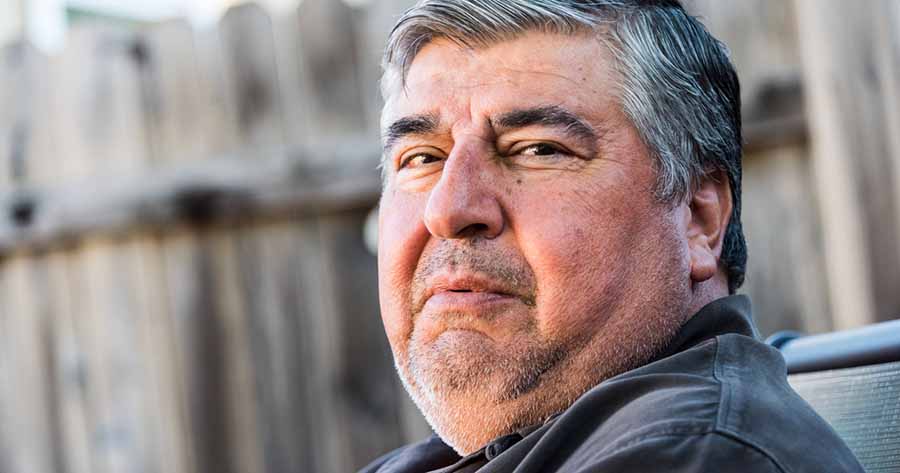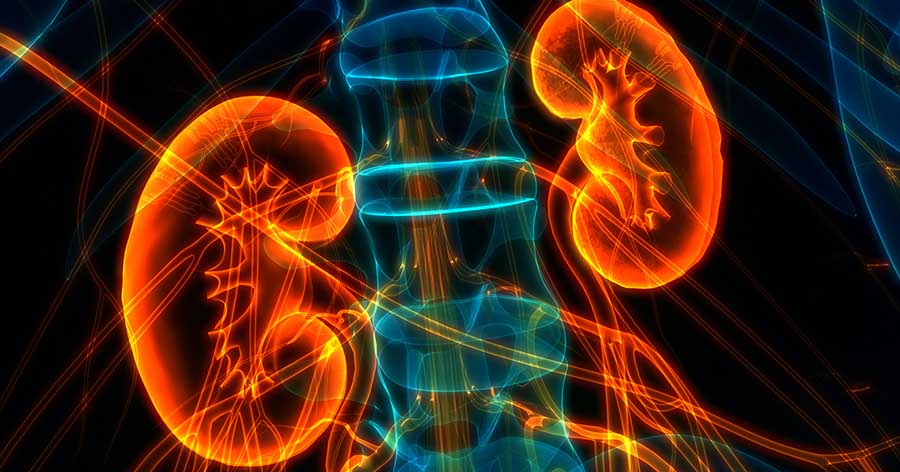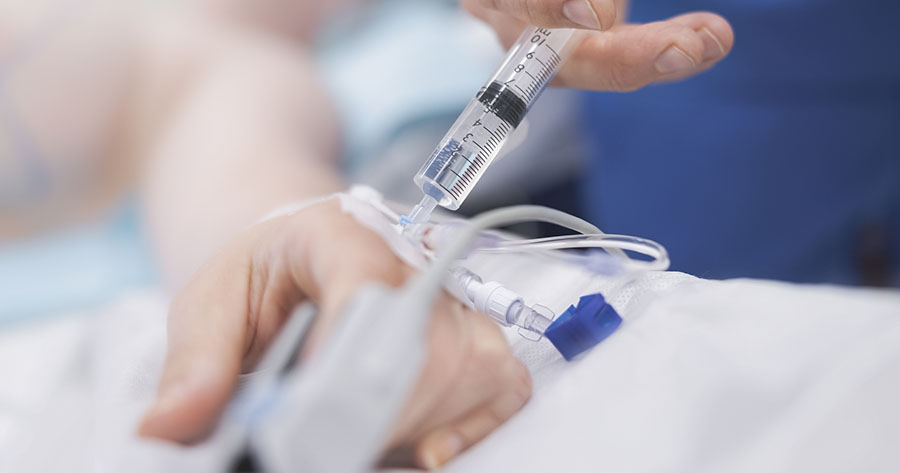Given that these two classes of antidiabetes drug have differing mechanisms behind their glucose-lowering action, the possibility that their effects might be additive has been hypothesised for some time; however, this study is one of the first to study such a combination. The results, published simultaneously at the 52nd European Association for the Study of Diabetes Annual Meeting and in The Lancet Diabetes and Endocrinology, appear to confirm this hypothesis.
In a phase 3, double-blind trial, a total of 695 people with type 2 diabetes poorly controlled on metformin were randomised 1:1:1 to dapagliflozin once daily, exenatide once weekly or both agents together, in addition to the metformin. After 28 weeks of treatment, mean HbA1c had reduced by 22 mmol/mol (2.0%), 18 mmol/mol (1.6%) and 16 mol/mol (1.4%) with combination therapy, exenatide alone and dapagliflozin alone, respectively. Exenatide plus dapagliflozin significantly reduced HbA1c compared with exenatide alone (mean difference, 4 mmol/mol [0.4%]; P=0.004) and dapagliflozin alone (6 mmol/mol [0.6%]; P<0·001).
The most frequent adverse reactions were mainly gastrointestinal in nature. Nausea was the most frequent and was associated with treatment initiation, becoming less common over time. In addition, injection site reactions (pruritus, nodules, erythema) and genitourinary infections occurred. Most adverse reactions were mild to moderate in intensity.
These results confirm that the two different classes of drug do not cancel each other out, and that the combination is more effective than either of the two agents alone. That the effects were not 100% additive may not be much of a surprise, as both drugs are more effective with higher baseline HbA1c; thus, the reduction in HbA1c from one drug is likely to reduce the HbA1c change from the other.
Interestingly, weight loss with the combined agents appeared to be almost wholly additive, with a loss of 3.41 kg, 1.54 kg and 2.19 kg in the combination, exenatide and dapagliflozin groups, respectively. This suggests that the mechanisms behind weight loss – reduced appetite and calorie intake with GLP-1 analogues and increased calorie loss through glycosuria with SGLT2 inhibitors – are complementary, and the two drugs may even have a synergistic effect.
The study can be read in full here.





